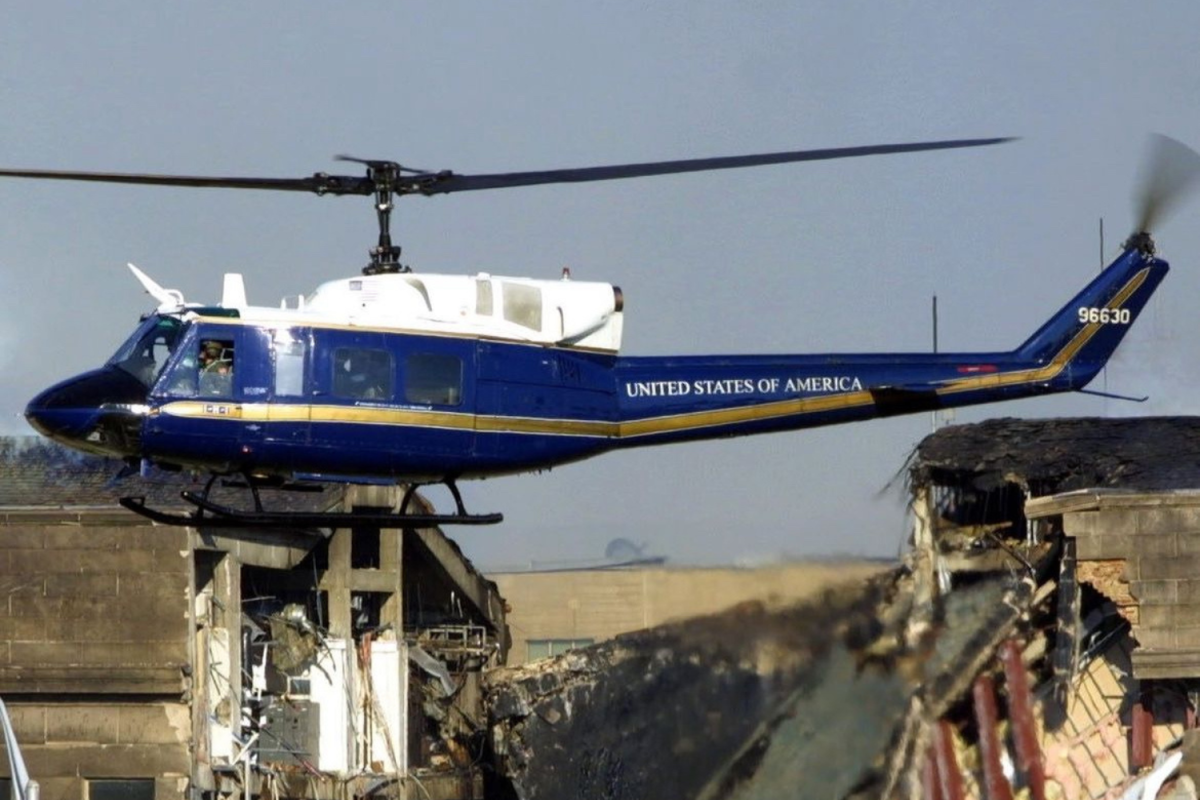As Franklin D. Roosevelt once said of the Japanese attack on Pearl Harbor during World War II, Sept. 11, 2001 “is a date that will live in infamy.” On that fateful Tuesday, four airplanes destined for California took off from their runways like any other morning at the airport. By the end of the day, the World Trade Center in New York City, the Pentagon, and all the passengers would be in ruins, shaking the spirit of America. Twenty-three years after 9/11, Americans honor the deaths of their fellow citizens who lost their lives in the destruction, and the first responders who fought to save them.
“It was really shocking just to see something like that happen,” Plant teacher Christina Porcelli said. Recalling her experience with that tragic day, Porcelli described how she “was off work” and “slept in a bit.” When she awoke and turned on the television, “the TV had already switched over to being nothing but news coverage of the event that had happened.”
Before noon on Sept. 11, 2001, one plane had crashed into the North Tower of the World Trade Center, followed by another into the South Tower. The crashes killed everybody on board including the al-Qaeda hijackers, and hundreds of people in both buildings. Some could be seen jumping from the Twin Towers’ windows some over one thousand feet in the air in a desperate attempt to escape as the buildings burned and crumbled.
Matthew Penn, Plant’s media specialist, was at another school, working as a librarian when the attack on the Twin Towers occurred. Seeing it on the TV, “it was horrifying to watch in that second, where you just learned about it,” Penn said. The students were sent home early from school, but the “feeling that something was really wrong with the world” stayed with Penn. “It’s not just our little corner of the world in Florida, it’s not the East Coast. It’s not even America; something is scary and wrong in the entire world,” Penn said.
Not long after the attack on the South Tower, the third hijacked plane crashed into the Pentagon, in Washington D.C., ending the lives of those on board and others who were in the building. The death count would increase as the buildings collapsed before many could escape. The fourth plane was filled with passengers who had received calls from friends and loved ones informing them of the terrorist attacks in New York and Washington D.C. With the hijacked aircraft headed toward America’s capital, the passengers banded together to storm the cockpit and reclaim control of the plane. Through a cockpit voice recording from the flight, it is known that the people on board fought back against the terrorists who had overtaken the aircraft. The hijackers then purposely crashed the plane into the ground of a rural county in Pennsylvania, missing its target in Washington D.C. Each of the 33 passengers and crew lost their lives as a result.
Every year on Sept. 11, the United States remembers the lives that were lost in the violent destruction and the relief efforts of the firefighters, police officers, and even civilians who lent aid in searching for survivors. Through America’s annual remembrance, the memories of the heroes and the innocents from that tragic day are strengthened, along with the ties of a nation forever unified under the loss of a day never forgotten from its history.

